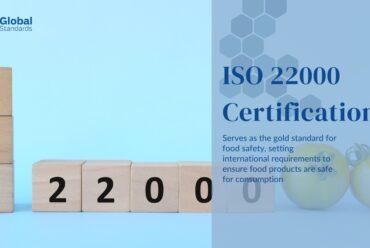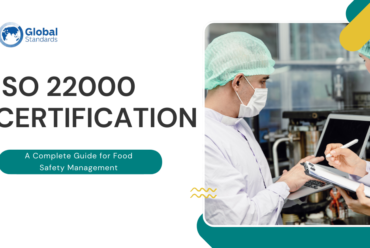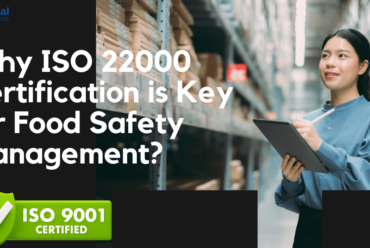Common Challenges and Solutions in Achieving ISO 22000 Certification
Adopting an ISO 22000 certification can significantly improve an organization’s food safety management, quality, and customer satisfaction. However, implementing this food safety standard often presents challenges. These include sustaining compliance with ISO 22000 standards, managing resistance to change, and ensuring resource allocation and communication are effective.
By actively involving employees in the certification process, planning resources strategically, and maintaining strong internal audits, businesses can streamline the ISO 22000 certification journey, enhancing food safety and operational efficiency.
Opposition to Change
Opposition to change is one of the most frequent issues that organizations face when putting an ISO management system into place. Workers accustomed to a certain method of working may worry that new processes will make their jobs harder or add to their workload. This opposition can impact general morale and slow down the adoption process.
Employee involvement from the beginning is crucial to reducing resistance to change.
Employees can better appreciate the system if they are informed about the advantages of ISO certification, which include increased customer satisfaction, decreased errors, and increased efficiency. To facilitate the shift, involve staff members at all levels in the process, solicit their opinions, and offer training. In order to show their dedication to the change and promote a culture that values ongoing development, leadership should also take an active role.
Insufficient Resources
Lack of resources, such as money, time, and staff, is another major obstacle. Allocating enough resources to establish an ISO management system while juggling other operational priorities is a challenge for many firms, particularly smaller ones. This shortage of resources may result in a hasty or insufficient implementation, endangering the system’s efficacy.
Effective planning and budgeting are necessary to overcome resource constraints. Divide the implementation process into manageable parts to enable the organization to distribute resources gradually rather than all at once. Hire a committed team or outside experts with ISO experience to help expedite the procedure and guarantee successful system deployment without overburdening internal personnel. In the long run, outsourcing implementation tasks can save money and time, particularly if the internal team lacks the required experience.
Poor Communication
Poor communication is one of the biggest obstacles to an ISO management system’s successful implementation. Confusion may occur if managers and staff do not fully comprehend the system’s goals, advantages, or particular requirements. This ambiguity may cause procedures to be applied inconsistently, which could result in non-conformities during internal or external audits.
The implementation process with a well-defined communication strategy. Regularly update all parties involved, outlining the process’s progress, impending modifications, and each participant’s specific role. Effective communication includes training sessions, paperwork, and open forums where staff members can voice concerns or ask questions. Encourage two-way communication throughout the process to ensure the team feels informed and supported.
Sustaining Adherence Over Time
The difficulty changes to sustaining compliance over time after putting an ISO management system in place. Organizations frequently face challenges like keeping up with internal audits, evaluating and updating procedures, and making sure to make improvements consistently. If the system is not routinely reviewed, compliance may deteriorate, jeopardizing the system’s efficacy and potentially resulting in certification loss.
Organizations should set up a strong internal audit program and designate a management representative or team to monitor the system to ensure compliance. Regularly review processes and procedures to find areas for improvement. Staff must receive ongoing training on ISO regulations and company-specific procedures to maintain a high level of awareness and compliance.
Additionally, incorporating the ISO management system into the company’s regular activities rather than handling it as a stand-alone project would guarantee that compliance becomes a seamless aspect of the enterprise.








No Comments